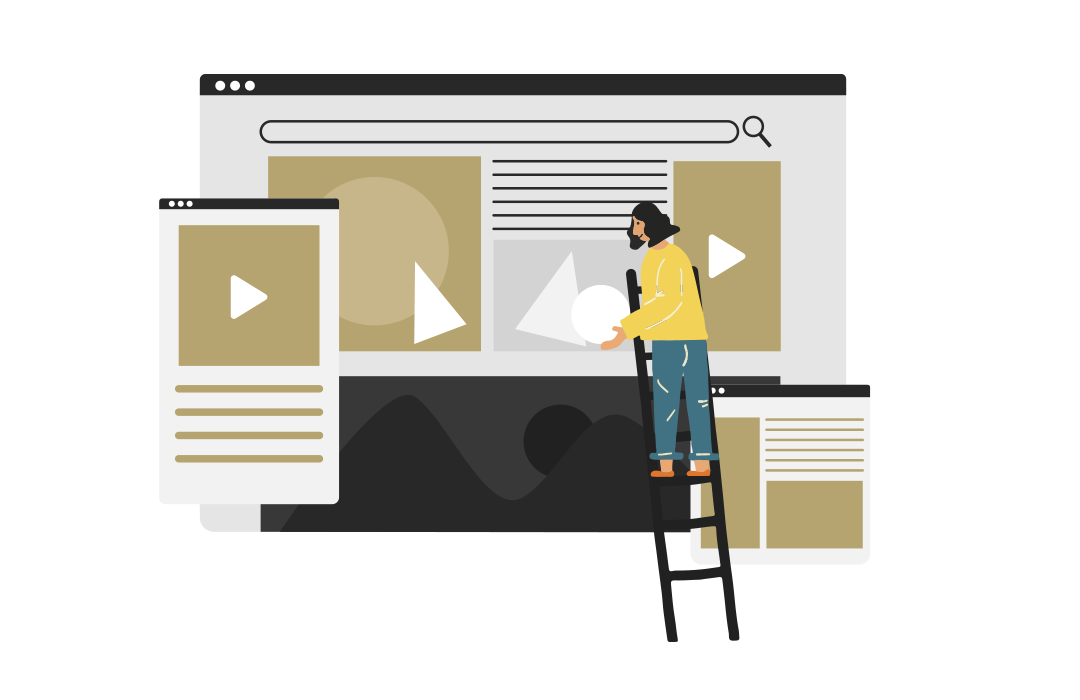The evolution of the internet has brought numerous benefits to society, connecting people worldwide and facilitating access to information and services. However, it is crucial to recognize that not all users have the same abilities or access to technology. This is where Website Accessibility Content Guidelines (WACG) come into play. WACG is a set of standards aimed at ensuring websites are inclusive and accessible to individuals with disabilities. In this article, we will delve into what WACG is, what it does, and the key components websites need to have for WACG compliance.

Understanding WACG
Website Accessibility Content Guidelines, commonly referred to as WACG, are a comprehensive set of guidelines established by the World Wide Web Consortium (W3C). The W3C is an international community dedicated to developing open web standards and protocols. The primary objective of WACG is to make web content accessible to people with disabilities, including visual, auditory, cognitive, and physical impairments.
The Role of WACG
WACG serves as a framework for website developers, designers, and content creators to ensure that their digital platforms are inclusive and usable by all individuals. By following WACG, websites can enhance accessibility, providing equal opportunities for people with disabilities to access information, products, and services online. It promotes a more inclusive digital environment and helps organizations comply with accessibility laws and regulations.
Key Components for WACG Compliance
- Perceivable Content: Websites should provide alternatives for non-text content, such as images and videos, through text descriptions (alt-text) or captions. This enables individuals using assistive technologies, like screen readers, to understand the content.
- Operable Interface: Websites should offer navigation and functionality that can be operated through various input methods, including keyboard-only access. It ensures that individuals with mobility impairments or those who cannot use a mouse can navigate the site effectively.
- Understandable Information: Websites should present content in a clear and concise manner, using plain language and consistent formatting. Clear headings, descriptive links, and readable fonts help users comprehend the information easily.
- Robust Technology: Websites should be built with modern, accessible web technologies. This ensures compatibility with assistive technologies and future devices, providing a sustainable and adaptable accessibility solution.
Conclusion
In an increasingly digital world, it is essential to prioritize inclusivity and accessibility in website design and development. Website Accessibility Content Guidelines (WACG) provide a standardized framework to enhance accessibility and ensure equal access to information, products, and services for individuals with disabilities. By adhering to WACG, website owners can create a more inclusive digital environment, while also complying with accessibility regulations.
Implementing WACG involves making content perceivable, providing an operable interface, ensuring understandable information, and using robust technologies. When websites meet these guidelines, they enable people with disabilities to navigate, consume content, and engage with online platforms independently and confidently.
Ultimately, the goal of WACG is to bridge the digital divide and create a more equitable online experience for everyone. By embracing website accessibility, we can foster a more inclusive and diverse internet that reflects the needs and rights of all individuals, regardless of their abilities.
Get Started
















